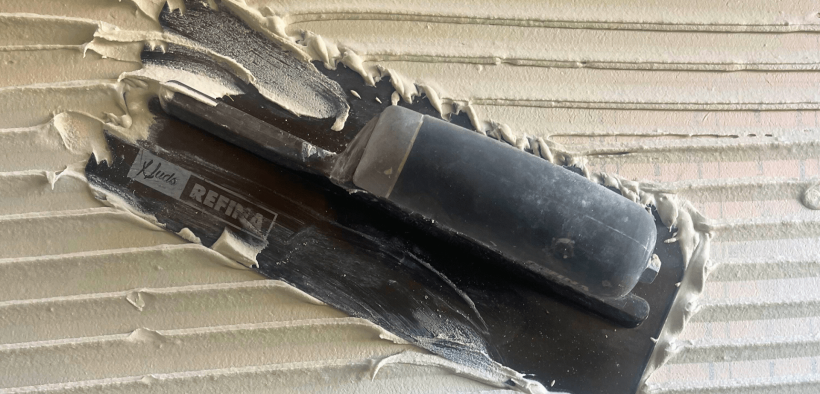It’s also important to know when to replace your notched trowel. A worn-out tool can reduce the quality of your work, leading to poor bonding and uneven surfaces. If the notches are rounded or damaged, the blade is bent, or the handle feels unstable, it’s time to invest in a new one. Consistent ridges rely on well-defined notches, and even a small amount of wear can affect the integrity of your finish.
In summary, whether you’re applying adhesive to plasterboards or laying ceramic tiles, a notched trowel is essential for ensuring uniform application and maximum adhesion.
At REFINA, we supply notched trowels that are built to perform, crafted with precision, designed for the trade, and trusted by professionals. Explore our full range and take the guesswork out of adhesive application.

